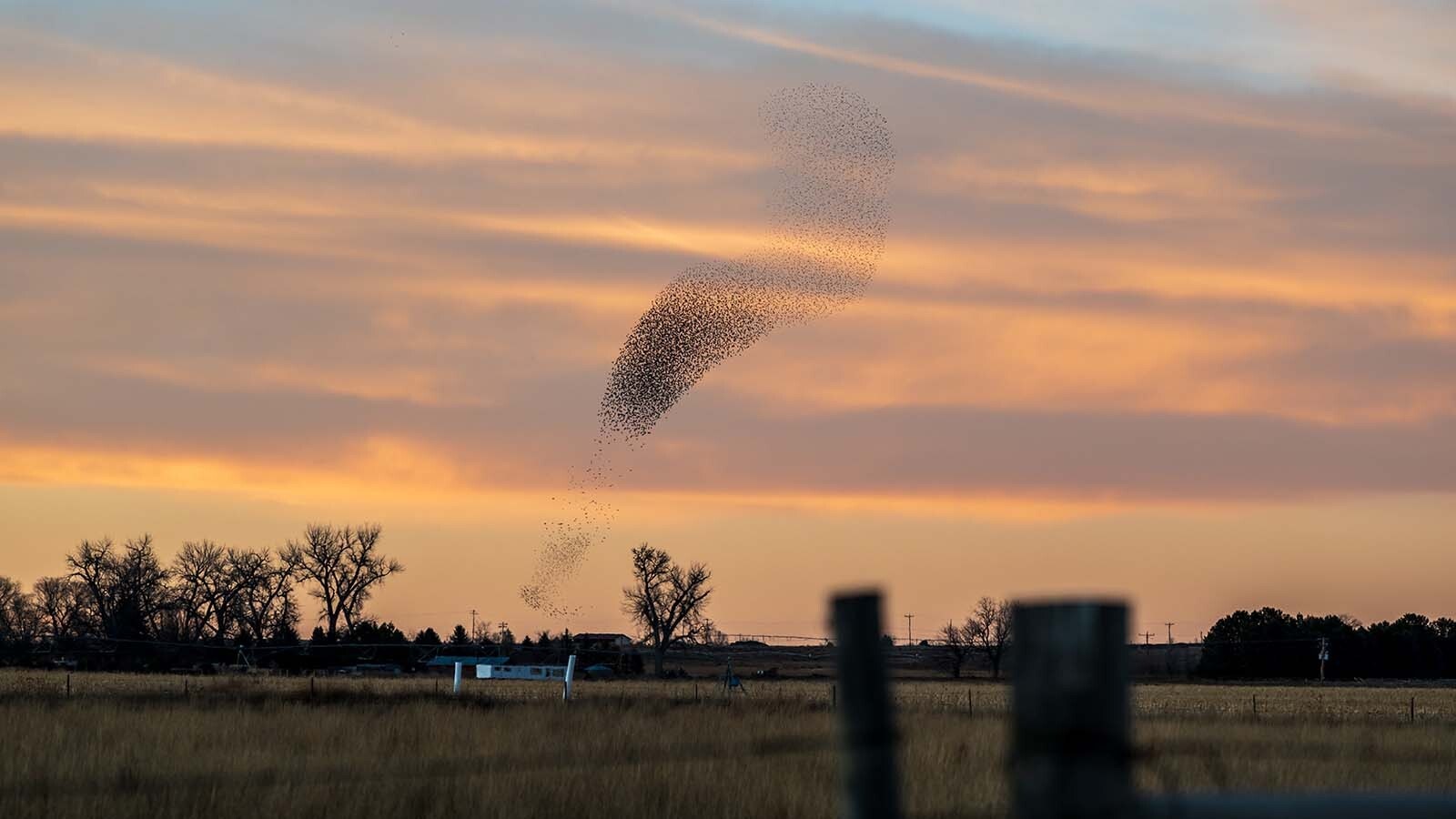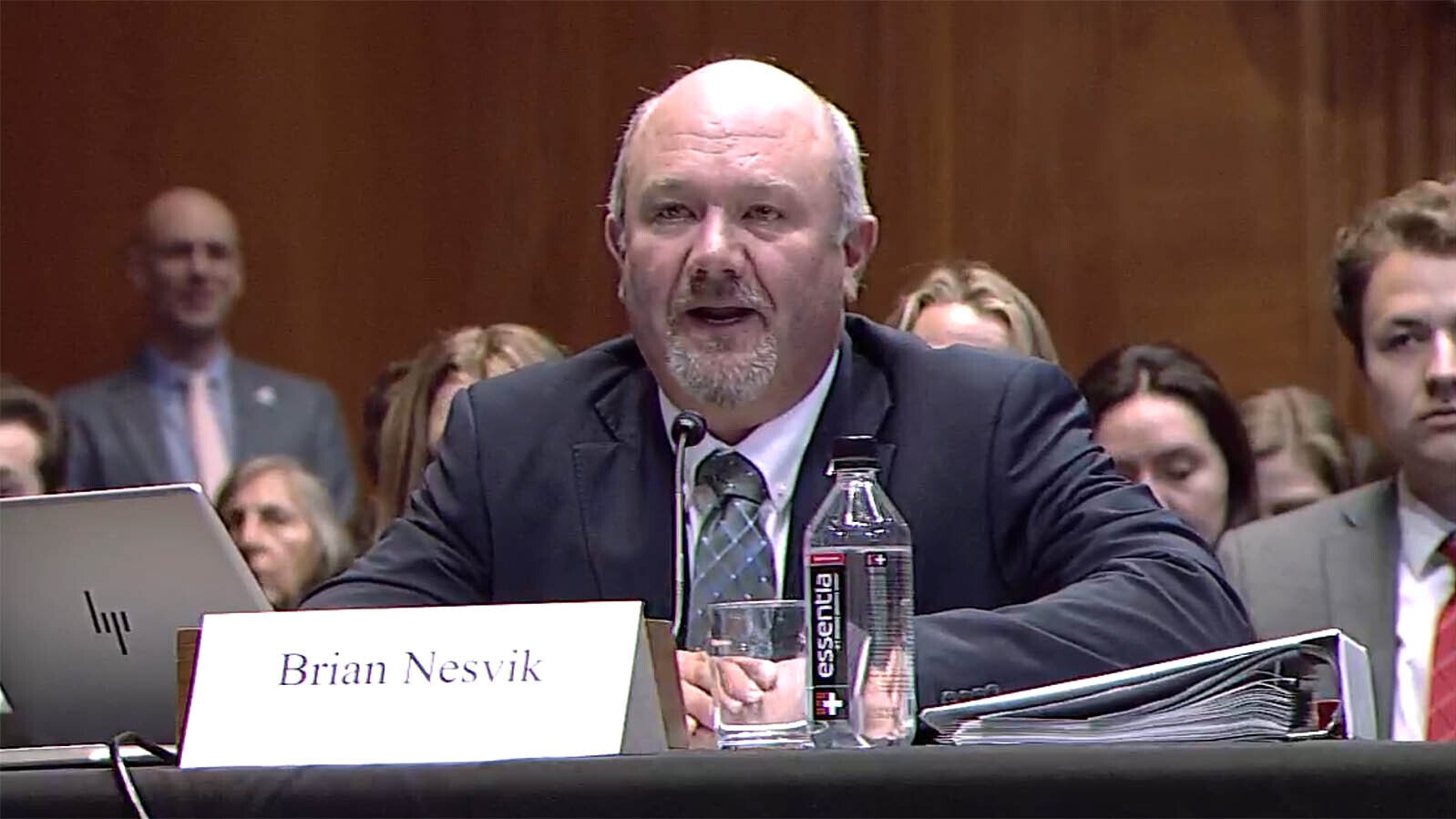To say Wyoming’s wildfire season has so far been busy would severely downplay the powder keg much of the state has been this summer, especially in the northeast part of the state.
There seems to be a lull in wildfire activity this week as most of the state’s large and stubborn wildfires are at or close to containment. Even the Fish Creek Fire that’s been burning for six weeks in rugged terrain and dense undergrowth in the Shoshone National Forest is at 85%.
But the real hell on earth this summer has been eastern and northeastern Wyoming, running into southern Montana.
A number of huge, damaging wildfires scorched their way through the region, stretching resources and devastating ranchers.
So far, 258 reported wildfires in the region have burned an estimated 580,000 acres, said Tyson Finnicum, spokesperson for the Bureau of Land Management’s High Plains District based in Casper.
That compares to the 170 fires that burned 44,000 acres last year, which puts this year’s scorecard at more than 13 times more area burned.
“We have gotten a little bit of a breather,” he said about the past week, a rare stretch without a new major wildfire. “This summer has been well above normal, for sure. It’s been hot, dry, windy.”
Add those weather conditions favorable to wildfire to a huge fuel load that grew during an unusually cool and wet summer of 2023, and what firefighting officials feared might happen this summer did.
All those grasses that grew last summer, combined with hot, dry and windy conditions, much of Wyoming was “ready to burn,” said Stuart Burnham, Campbell County fire marshal. “The fuel is in such a state that it’s just time for it to burn.”
He said that even longtime firefighters in his county can’t recall a busier fire season.
“They’ve had busy fire seasons before, but it’s hard for them to think back to another season that’s been close to this,” Burnham told Cowboy State Daily.
What Does The Weather Say?
The calendar may say summer ended Sunday, but fire season is still in full force around Wyoming.
Even though it’s the end of September, temperatures in much of the state continue to be summertime hot, with highs in the 80s and 90s expected this weekend.
When does it end?
Cowboy State Daily meteorologist Don Day said soon, but that might not be soon enough to avoid another massive wildfire.
“We’ve got to get through the next week and a half,” he said. “But September is a critical month in the fire season, especially the second half, so we’ve got to be careful.”
There really is no official end for the fire season in the Western United States. It all depends on the weather.
“The fire season ends when we get that first big, cold, wet storm of the fall season,” Day said. “I've seen the fire season end as early as September, but it usually takes until mid to late October for that kind of weather to happen.”
Even then, it’s not unheard of for wildfires to burn even if there’s snow, said Burnham.
“Fire season can last … really until the snow flies,” he said. “There are years we’ve had wildfires with snow on the ground, where fires are burning the grass sticking up through the snow.”
There’s been some significant snowfall in the Beartooths recently, and the season's first snow fell over Togwotee Pass on Aug. 26. But Day said that wasn’t an indication of the imminent end of the fire season.
"We had those first little waves of snow at the end of August and early September, but it wasn't anything to get excited about," he said. "It wasn't really a sign of anything."
When weather patterns that are wet enough to end fire season reach Wyoming, it must be cool enough for the moisture to sink into and saturate the ground. Based on historical data and current trends, Day doesn’t think that’s going to happen just yet.
“It's really hard to get really wet in September, especially the second half of the month,” he said. “You need that high-elevation rain and snow and a significant drop in temperature to change things up.”
A New Resource
Something that’s helped during the busy summer has been a new air tanker hub at Casper-Natrona International Airport, Finnicum said.
With access to large air tankers in a central location like Casper, more fire slurry can be dropped on more fires earlier than before, he said.
“Especially the last couple of weeks, they’ve been based out of Casper pretty much nonstop,” Finnicum said. “It’s been a huge help, and it couldn’t have come at a better time.
“With the fires we’ve had, it can take awhile for resources to respond to a fire.”
The air tankers can slow the spread until local and other firefighters can get to the fires on the ground.
Remember The Mullen
Even with the end of the fire season in sight, Wyoming doesn’t have to go far back for a reminder about how devastating its last few weeks of the season can be.
Day reminded Wyomingites of the Mullen Fire, which burned more than 176,000 acres across southern Wyoming in 2020.
“The Mullen Fire started on Sept. 17, and it didn't get put out until it snowed up there,” he said. “That didn't happen until the third week of October. That’s why September is such a critical month because it naturally gets drier at this time of year.”
Even with strong signs of cooler, wetter weather in the not-too-distant future, Wyomingites need to act safely and responsibly in the present. Fire season isn’t down and out yet.
“Getting through the next week and a half will be critical,” Day said. “This current pattern with warm, dry, windy weather essentially has another 10 days left in it. After that, things start to change, but we’ve got to get there first.”
Greg Johnson can be reached at greg@cowboystatedaily.com and Andrew Rossi can be reached at arossi@cowboystatedaily.com.











